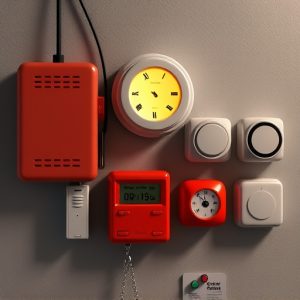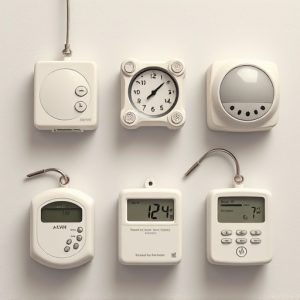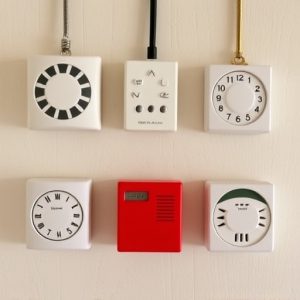Personal Distress Signals & Smart Tracking: Finding Your Loudest Personal Safety Alarm
Personal distress signals are critical indicators of emergency needs, prompting bystanders to act. M…….
Personal distress signals are critical indicators of emergency needs, prompting bystanders to act. Modern tracking technologies, especially smart devices with advanced sensors, offer unprecedented personal safety through discrete help-seeking and immediate alerts. When choosing the Loudest Personal Safety Alarm Comparison, consider more than decibel levels; optimal alarms cater to diverse scenarios with tailored features, sound quality, and reliability, ensuring clear, non-discomforting signals without false alarms for effective emergency response.
Personal distress signals are more than just words; they’re powerful tools for self-protection. In today’s world, understanding these signals and leveraging technology can mean the difference between safety and danger. This article explores how individuals can recognize personal distress and utilize tracking devices to enhance their safety. We delve into the various technologies available, focusing on a crucial aspect: the Loudest Personal Safety Alarm Comparison, to help you choose the best fit for your needs.
- Understanding Personal Distress Signals: When and Why They Matter
- Tracking Technologies: Unlocking Safety with Smart Devices
- Loudest Personal Safety Alarm Comparison: Finding Your Best Fit
Understanding Personal Distress Signals: When and Why They Matter
Personal distress signals are crucial indicators of an individual’s emotional and physical well-being, especially in situations where help might be needed promptly. These signals can take various forms, from verbal expressions to non-verbal cues and physiological changes. Understanding and recognizing these signs is essential for several reasons.
When someone is in distress, their body often sends out loudest personal safety alarm comparisons through actions or reactions that require immediate attention. Verbal cues like pleading for help, crying, or incoherent speech can be early indicators of fear, panic, or pain. Non-verbal signals such as trembling, excessive sweating, or aggressive behavior may also manifest when an individual feels threatened or overwhelmed. These distress signals matter because they enable bystanders or caregivers to take prompt action, ensuring the safety and well-being of the person in need.
Tracking Technologies: Unlocking Safety with Smart Devices
In today’s digital era, tracking technologies have emerged as powerful tools for personal safety, offering a new level of peace of mind and control over one’s well-being. Smart devices, equipped with advanced sensors and connectivity features, are transforming the way individuals monitor and respond to distress signals. These innovations allow users to stay connected, enabling them to discreetly call for help in case of emergencies. One notable aspect is the integration of personal safety alarms that can be triggered manually or automatically when sensing unusual activities, providing a loudest personal safety alarm comparison among various options available in the market.
The tracking capabilities of these devices extend beyond basic location sharing. They can detect vital signs, such as heart rate and body temperature, and alert users or emergency contacts if anomalies are detected. Additionally, some applications leverage artificial intelligence to learn patterns and recognize when an individual is in distress, automatically sending out alerts. This technology promises a more proactive approach to personal safety, ensuring that help arrives swiftly during emergencies, be it through loud personal alarms or subtle data-driven notifications.
Loudest Personal Safety Alarm Comparison: Finding Your Best Fit
When considering the loudest personal safety alarms, it’s crucial to understand that decibel level isn’t the only factor to consider. While a higher decibel reading indicates louder noise, it doesn’t always translate to better effectiveness or fit for your needs. Different scenarios require distinct alarm features and sounds. For instance, a shrill, high-pitched tone might be ideal for indoor spaces where sound carries well, while a more powerful, outdoor-ready alarm with a strobe light could be better suited for emergency situations in low-light conditions.
In the loudest personal safety alarm comparison, pay attention to the range of decibels offered by various models and what triggers them. Some alarms are designed to alert you during everyday activities, while others are built for extreme situations. Test different options to find one that stands out in both sound quality and reliability. Remember, the best fit is the alarm that provides a clear, attention-grabbing signal without causing discomfort or false alerts – ensuring your safety without adding stress.
Personal distress signals equipped with tracking capabilities have evolved into essential tools for personal safety. By understanding the ‘loudest’ personal safety alarms available and their unique features, individuals can make informed choices to protect themselves. This comparison highlights the importance of technology in enhancing our well-being, ensuring we stay safe when it matters most. With the right tool, every individual can transform their personal distress signal into a powerful safety net.


